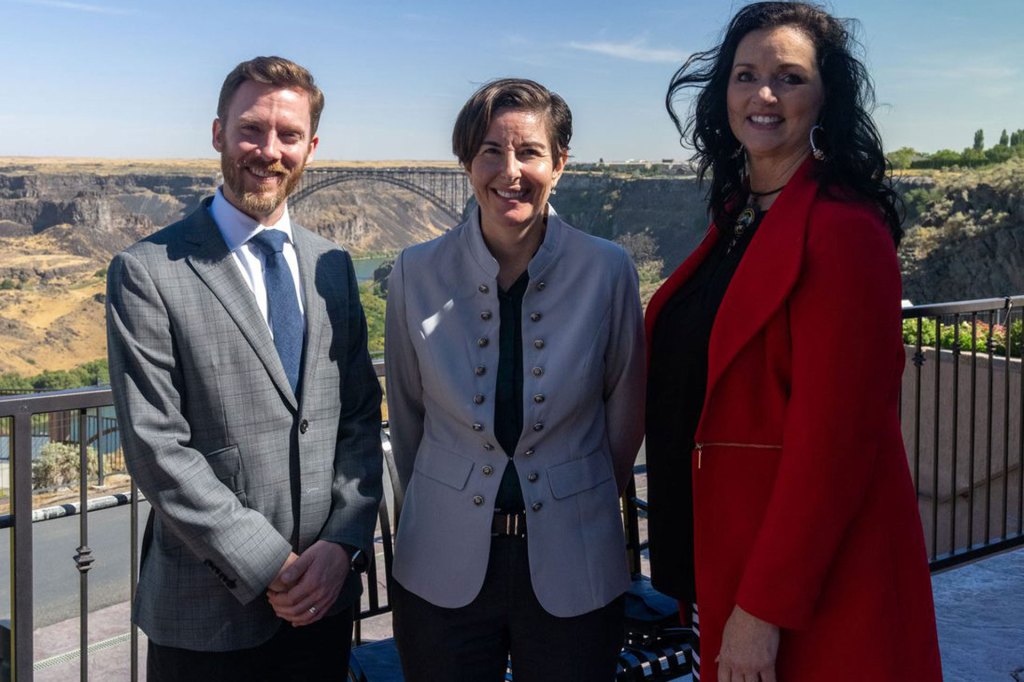Economic Development
-
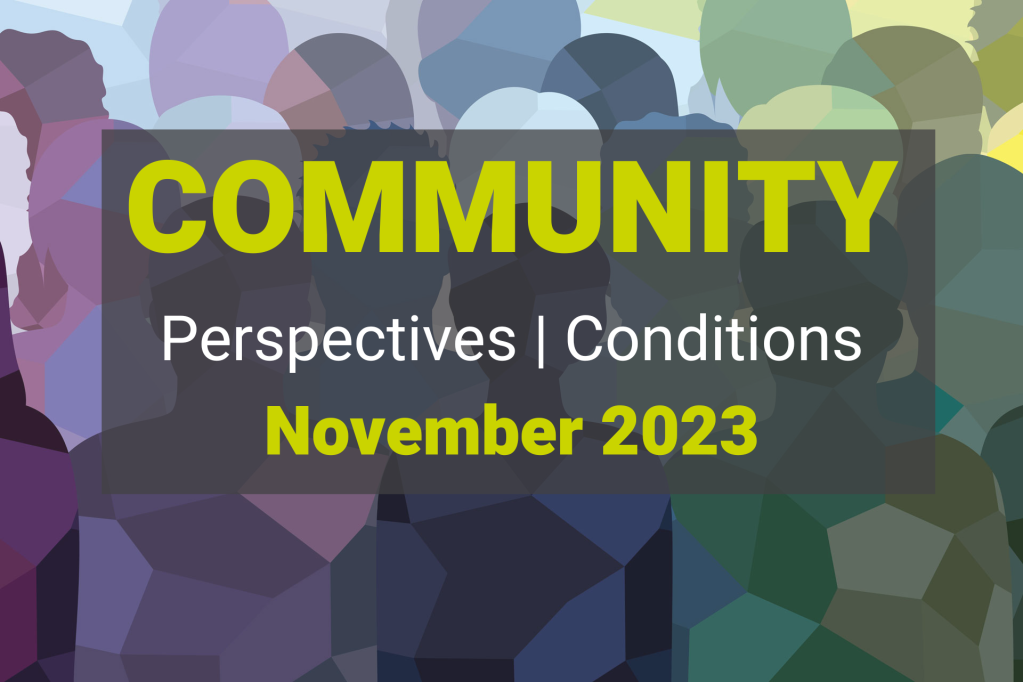
Community perspectives and conditions from the Fed’s Beige Book, November 2023
Here’s what nonprofit and community leaders, and workforce professionals serving lower-income people shared with the Federal Reserve for the November 2023 Beige Book.
-
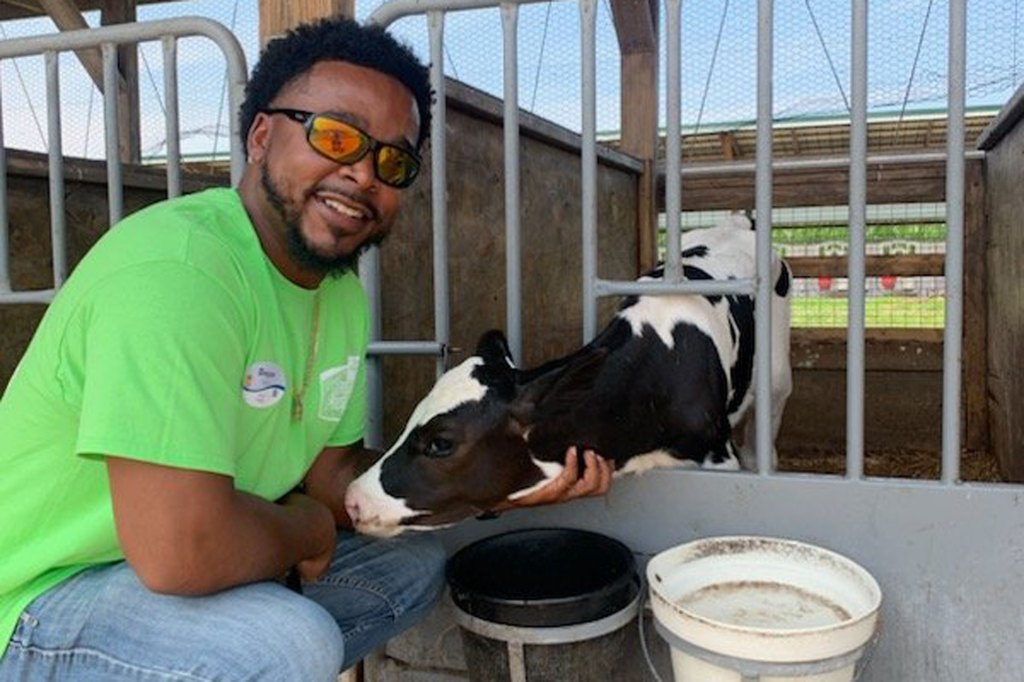
In rural Virginia, a millennial farmer plants seeds in education, on land, and in government
Breyon says he’s continued the family legacy for many reasons, but one stands out. As a self-proclaimed “history nerd,” he says he wants to do his part to keep Black-owned family farms alive.
-
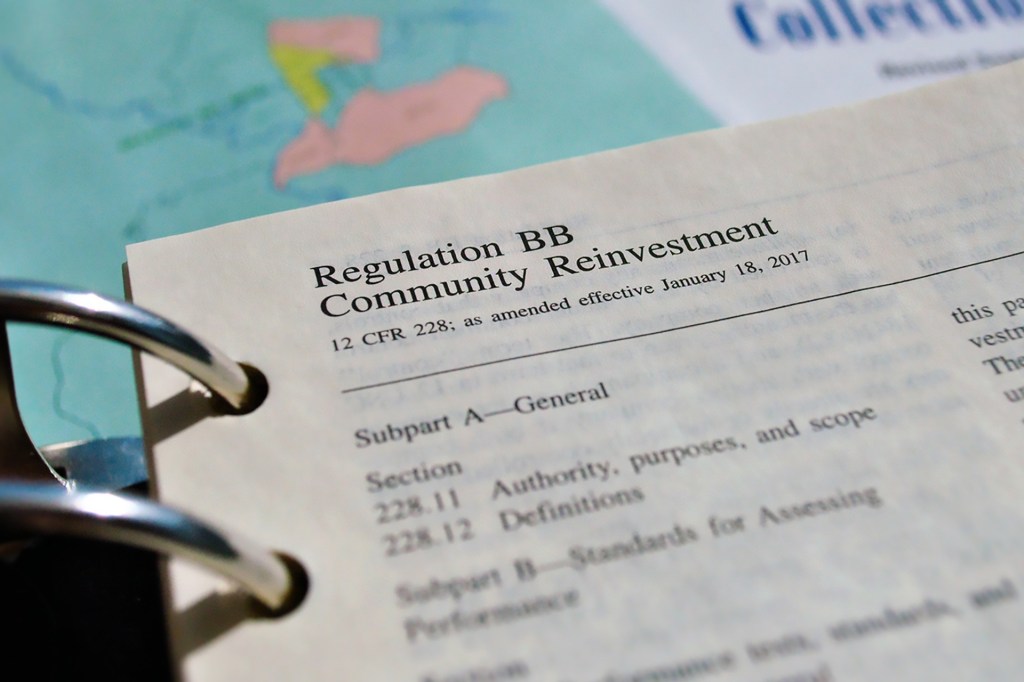
Four decades in, here’s how and why the CRA keeps evolving
The Community Reinvestment Act is undergoing its first significant modernization in about a quarter century. Take a look back at the historical conditions that shaped it.
-
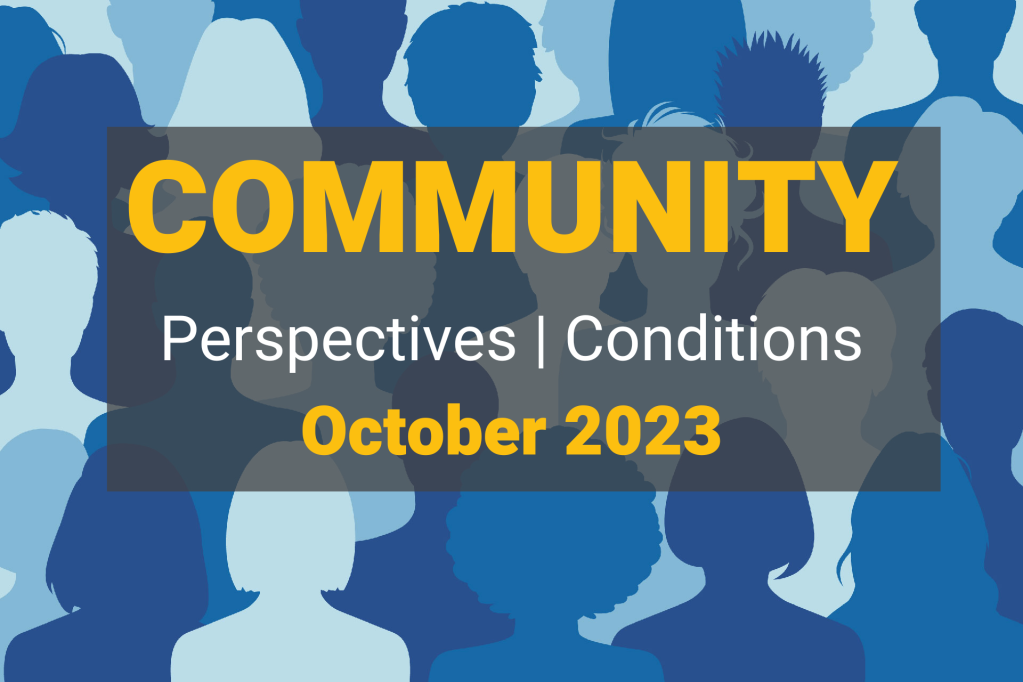
Community perspectives and conditions from the Fed’s Beige Book, October 2023
Here’s what nonprofit and community leaders, and workforce professionals serving lower-income people shared with the Federal Reserve for the October 2023 Beige Book.
-

Residents share their experiences with—and wishes for—broadband
A recent event in Kansas City highlights community-engaged research to identify digital divide causes and bridge the gap in underserved areas.
-
![[Watch] How CDFIs are faring – Insights from the Fed’s 2023 CDFI Survey](https://fedcommunities.org/wp-content/uploads/2023/08/1920-x-1280-CC-Sept-7.png?w=1024)
[Watch] How CDFIs are faring – Insights from the Fed’s 2023 CDFI Survey
Discover how CDFIs are faring in today’s economy. Learn about their products and services, existing challenges, and potential solutions revealed by the Federal Reserve’s latest CDFI survey. Watch or listen on demand.
-

Taking structural roots into account to address the US racial wealth gap
The US racial wealth gap isn’t shrinking. Here’s why strategies that consider the problem’s deeper roots could make a difference.
-
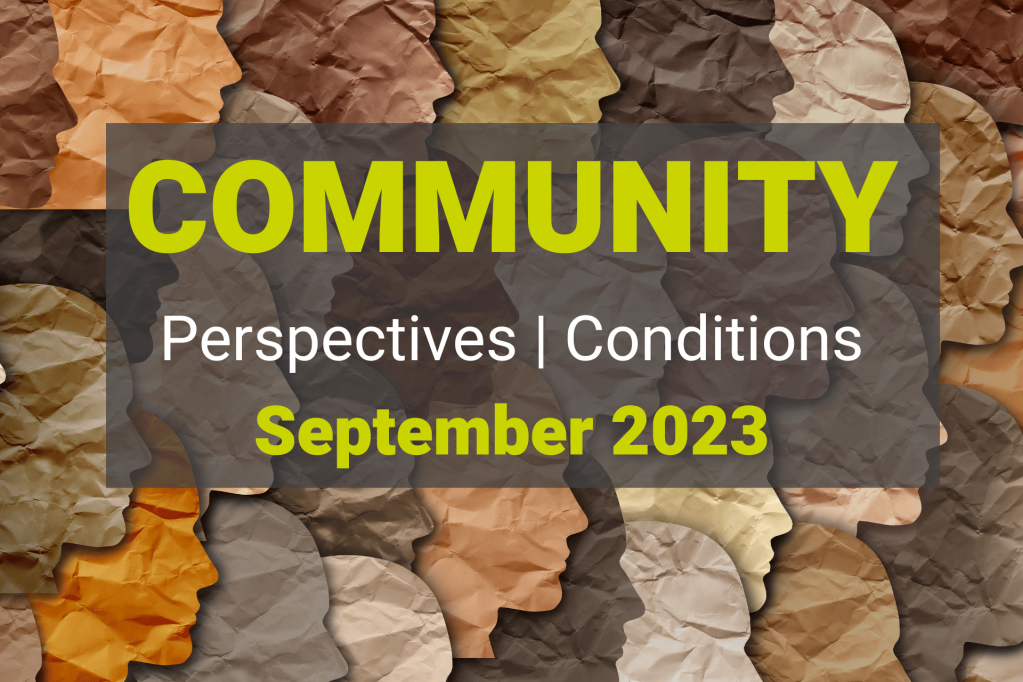
Community perspectives and conditions from the Fed’s Beige Book, September 2023
Here’s what nonprofit and community leaders, and workforce professionals serving lower-income people shared with the Federal Reserve for the September 2023 Beige Book.
-

Can small-dollar credit help some consumers stay afloat?
Small-dollar credit, like loans under $1,000, can help people handle unexpected expenses or income fluctuations. But affordable and accessible options are needed.






